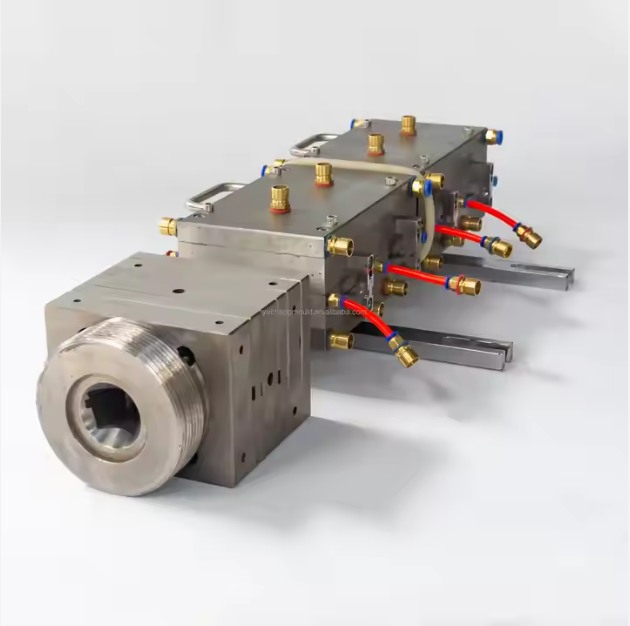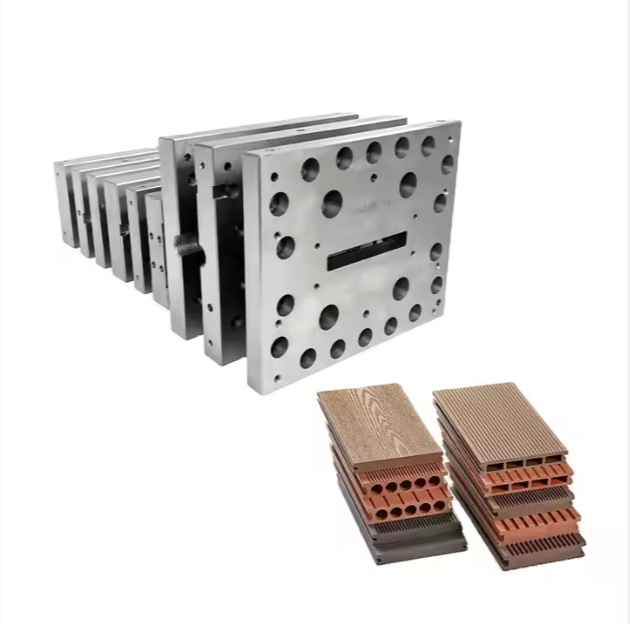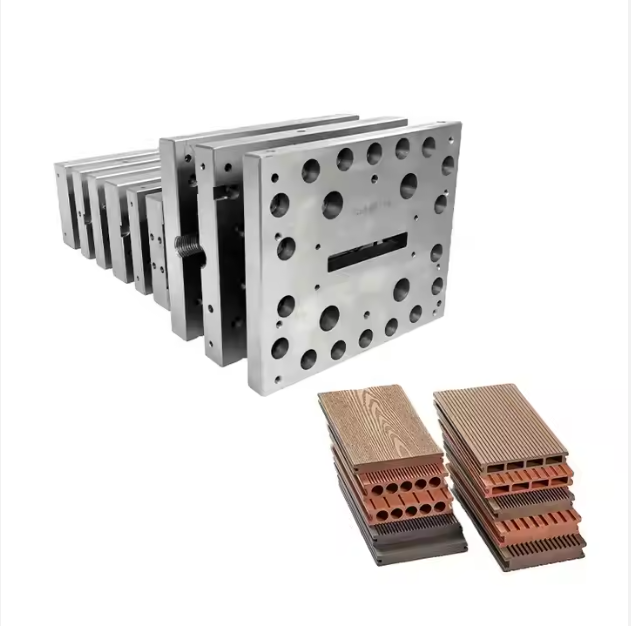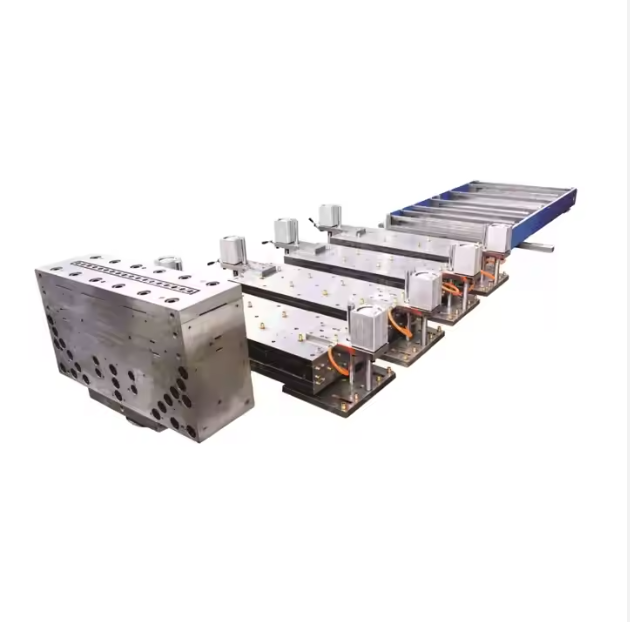How PVC Foam Board Extrusion Moulds Shape the Way We Build and Decorate
If you’ve ever admired a smooth wall panel, a lightweight cabinet door, or a moisture-proof ceiling, chances are PVC foam boards played a role. These materials are everywhere in our homes, offices, and even outdoor spaces — and behind their perfect shape stands one key component: the PVC Foam Board Extrusion Mould.
In today’s world, where people value both beauty and practicality, this mould technology is quietly transforming how we use plastic in everyday life. Let’s take a closer look at how it works, where we use it, and why it matters more than you think.
1. What Exactly Is a PVC Foam Board?
A PVC foam board is a lightweight, durable, and waterproof plastic panel made through an extrusion process. During production, melted PVC material passes through a PVC Foam Grid Plate Mould or Wood PVC Foam Mold, where it’s shaped and cooled into a rigid board with a fine, even foam structure.
These boards are surprisingly versatile — they can be cut, printed, painted, or laminated, making them ideal for countless indoor and outdoor applications.
2. Everyday Applications You Probably Didn’t Notice
You might not realize it, but PVC foam boards are all around you. For instance:
-
The cabinet door in your kitchen that doesn’t swell when it’s humid? That’s likely a PVC foam board.
-
The signage at your favorite café or retail store? Yep, often made with PVC foam sheets.
-
Decorative wall panels, advertising displays, bathroom partitions — all rely on extrusion mould precision.
Because these boards are lightweight yet strong, they have replaced traditional wood or MDF in many areas, helping people enjoy durable and easy-to-maintain designs.
3. Why the Mould Matters So Much
Behind every flawless PVC foam board is a high-quality extrusion mould. The mould defines the board’s thickness, surface texture, and overall consistency.
At Hubei Junhui Mould Co., Ltd., our engineers design and manufacture PVC Foam Extrusion Moulds that ensure uniform foaming, stable output, and smooth surface finishing.
By controlling temperature, pressure, and flow inside the mould, the extrusion process becomes more energy-efficient and less wasteful — something manufacturers and the environment both appreciate.
4. The Eco-Friendly Advantage
PVC foam boards aren’t just functional — they also support sustainability goals. Compared with solid wood panels, they reduce deforestation and material waste.
What’s more, modern extrusion moulds allow precise control over material usage, minimizing scrap and enabling recycling of leftover PVC. In short, a good mould equals greener production and longer-lasting materials.
5. How It Connects to Daily Life
Think of it this way: every time you renovate your home, build a display shelf, or even set up a small outdoor workspace, extrusion technology quietly supports your project.
The PVC foam mould makes sure the boards you use are smooth, easy to cut, and visually consistent — saving you time, effort, and cost.
It’s one of those “invisible” technologies that make modern life more convenient, even though we rarely notice it. Pretty cool, right?
From stylish wall panels to practical furniture, PVC foam boards have become a part of everyday life — and none of it would be possible without the precision of PVC Foam Board Extrusion Moulds.
At Hubei Junhui Mould Co., Ltd., we continue to innovate in mould design for PVC, WPC, and other plastic profiles, ensuring every customer gets reliable quality and performance that stand the test of time.







